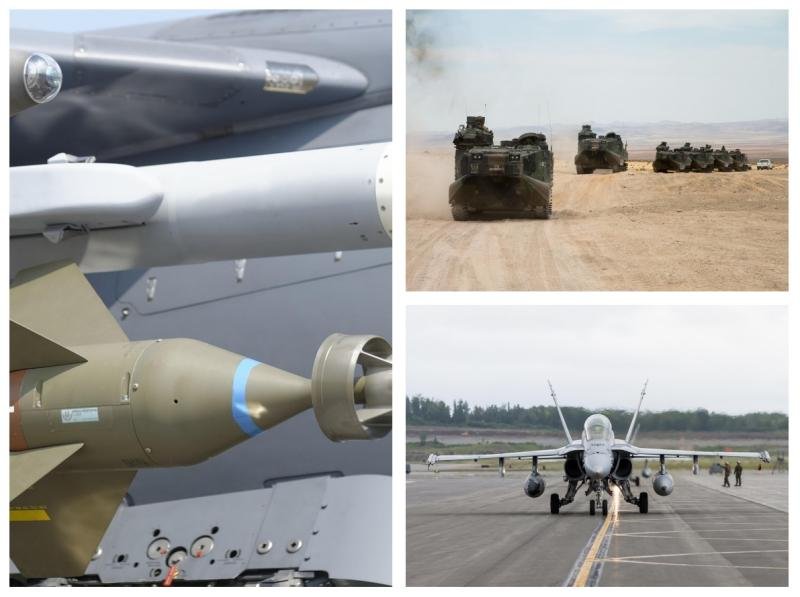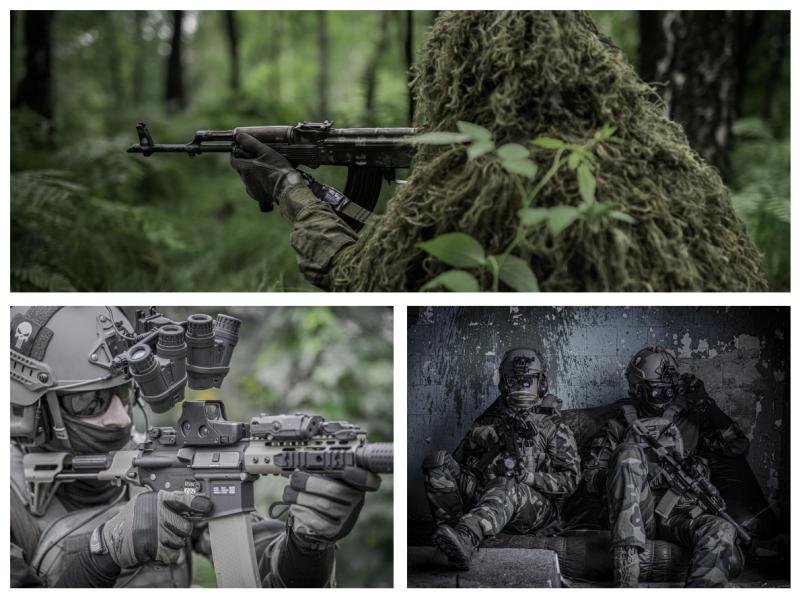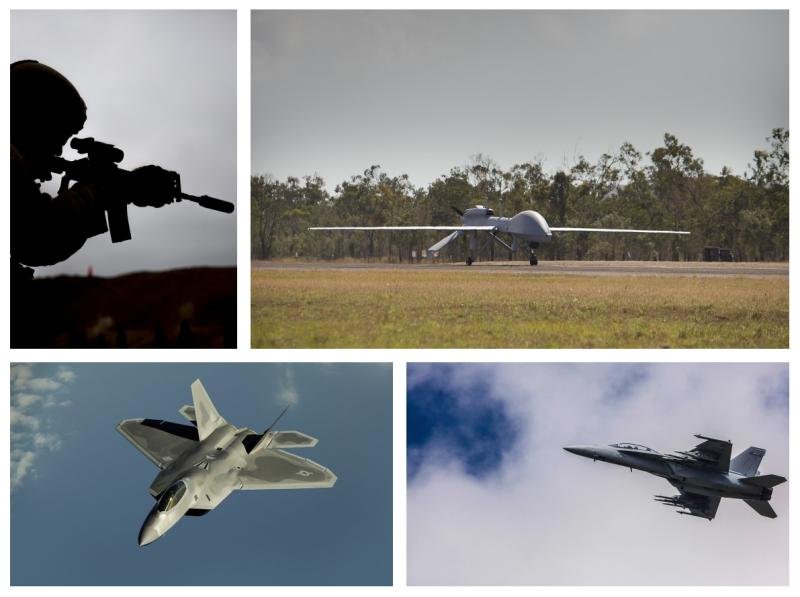Notícias do sector
Important Applications of Industrial Lenses In The Military Field
Industrial lenses with characteristics such as high resolution, low distortion, and strong environmental adaptability not only have key applications in the industrial field, but also play a very important role in other fields such as the military.
Industrial lenses are an indispensable core component of modern military equipment and are widely and critically used in the military field. The following are their main application scenarios:
1.Military reconnaissance and surveillance
Industrial lenses are often used for surveillance and reconnaissance of military targets, such as long-range monitoring and surveillance of military bases, border crossings, and critical facilities. With high resolution and long-range zoom capabilities, industrial lenses can provide clear images and enable monitoring of large areas, helping to grasp battlefield intelligence in real time.
For example, industrial lenses are widely used in infrared optical equipment such as infrared night vision devices, infrared thermal imagers, and infrared scopes. By capturing the target’s infrared radiation signals, they produce clear images, thereby improving combat effectiveness.
2.Weapon guidance and targeting
Industrial lenses play a crucial role in military weapon systems and are widely used in weapon guidance and targeting systems, such as optical sights, drone targeting systems, and laser guidance systems. These devices utilize high-precision industrial lenses to achieve long-range, high-precision tracking and targeting.
For example, weapons such as aircraft, tanks, and missiles can use their lenses to obtain information about their surroundings, helping commanders accurately formulate tactics and accurately aim at targets.

3.Object detection and recognition
Industrial lenses also play a crucial role in military target detection and recognition. Combined with image processing and recognition algorithms, industrial lenses can automatically identify, track, and classify targets, enhancing surveillance and strikes against enemy targets, and improving battlefield situational awareness and combat efficiency.
For example, through machine vision technology, industrial lenses can be used for typical target recognition, personnel identification, and equipment defect detection. These technologies are crucial in military equipment maintenance, battlefield monitoring, and combat command.
4.Night vision and low-light combat
Industrial lenses are often used in military night vision equipment, such as night vision goggles and night vision binoculars. These devices utilize infrared or low-light imaging technology to provide high-quality images in low-light conditions, helping soldiers and weapon systems monitor and operate at night.
For example, infrared optical lenses are used in night vision equipment to identify and monitor targets at night or in low-light conditions. This technology is particularly important in the military because it can enhance combat capabilities at night or in harsh environments.

5.Unmanned system perception applications
Industrial lenses are also widely used in unmanned systems such as military drones and reconnaissance aircraft, collecting, transmitting, and recording real-time images for remote reconnaissance, intelligence gathering, target surveillance, and strike missions, providing military reconnaissance and intelligence support.
For example, bomb disposal robots and reconnaissance robots are equipped with industrial lenses, which can transmit high-definition images in real time in complex terrain to assist manual operations.
6.Defense and security systems
Industrial lenses are also used in defense and security systems, and are widely used in security monitoring systems at military bases, border crossings, and critical facilities. The high-definition, long-range monitoring provided by industrial lenses allows for the timely detection and response to potential security threats.
For example, anti-drone systems use optoelectronic lenses to identify and track small drones, and then intercept them using interference or countermeasures.

7.Simulation training and exercises
Industrial lenses are also used in simulated training and battlefield simulation exercises. By using high-dynamic-range industrial lenses to capture realistic battlefield environments and create VR simulation training scenarios, soldiers can experience realistic street fighting and jungle warfare during training. This simulated battlefield environment helps improve soldiers’ tactical response and coordination capabilities.
In summary, the high precision, high sensitivity, and adaptability of industrial lenses make them an indispensable component of modern military equipment. They can provide high resolution, long-range zoom, low-light sensitivity and real-time image transmission, helping military personnel improve target identification and aiming capabilities, enhance reconnaissance activities, and enhance battlefield combat effects.In short, the application of industrial lenses enhances combat forces’ real-time perception capabilities, strike accuracy, and battlefield success rates, providing crucial support and assurance for military operations.

